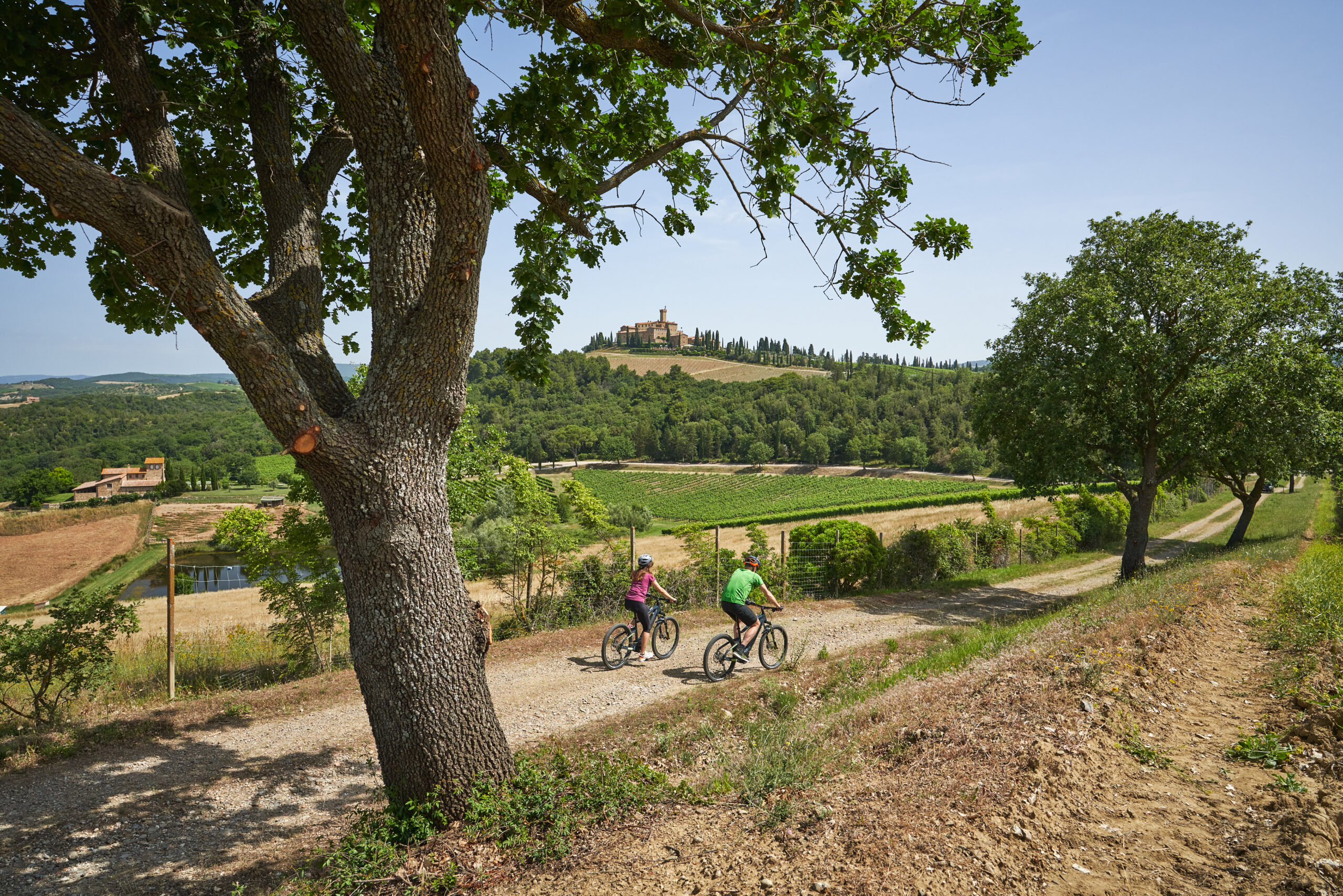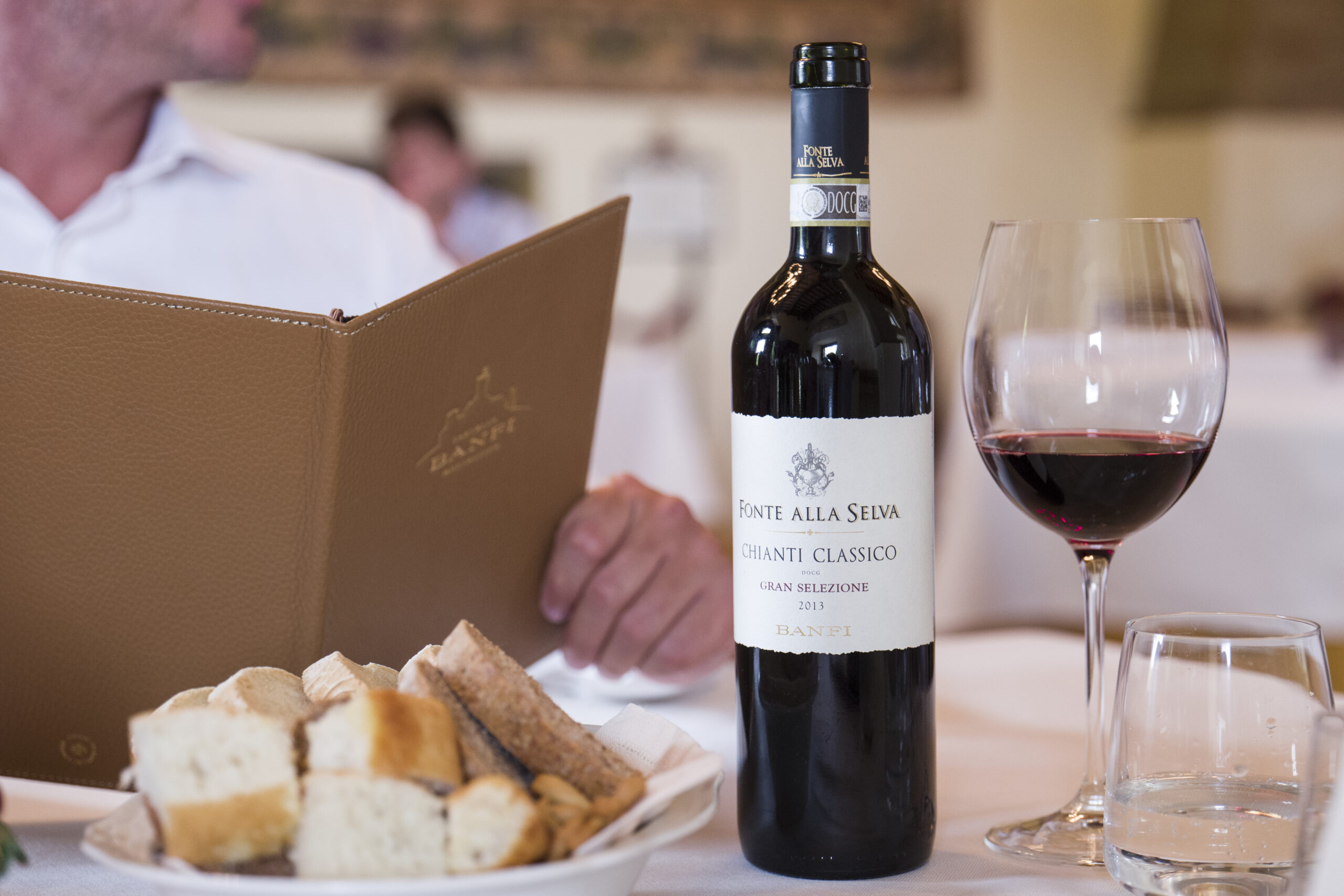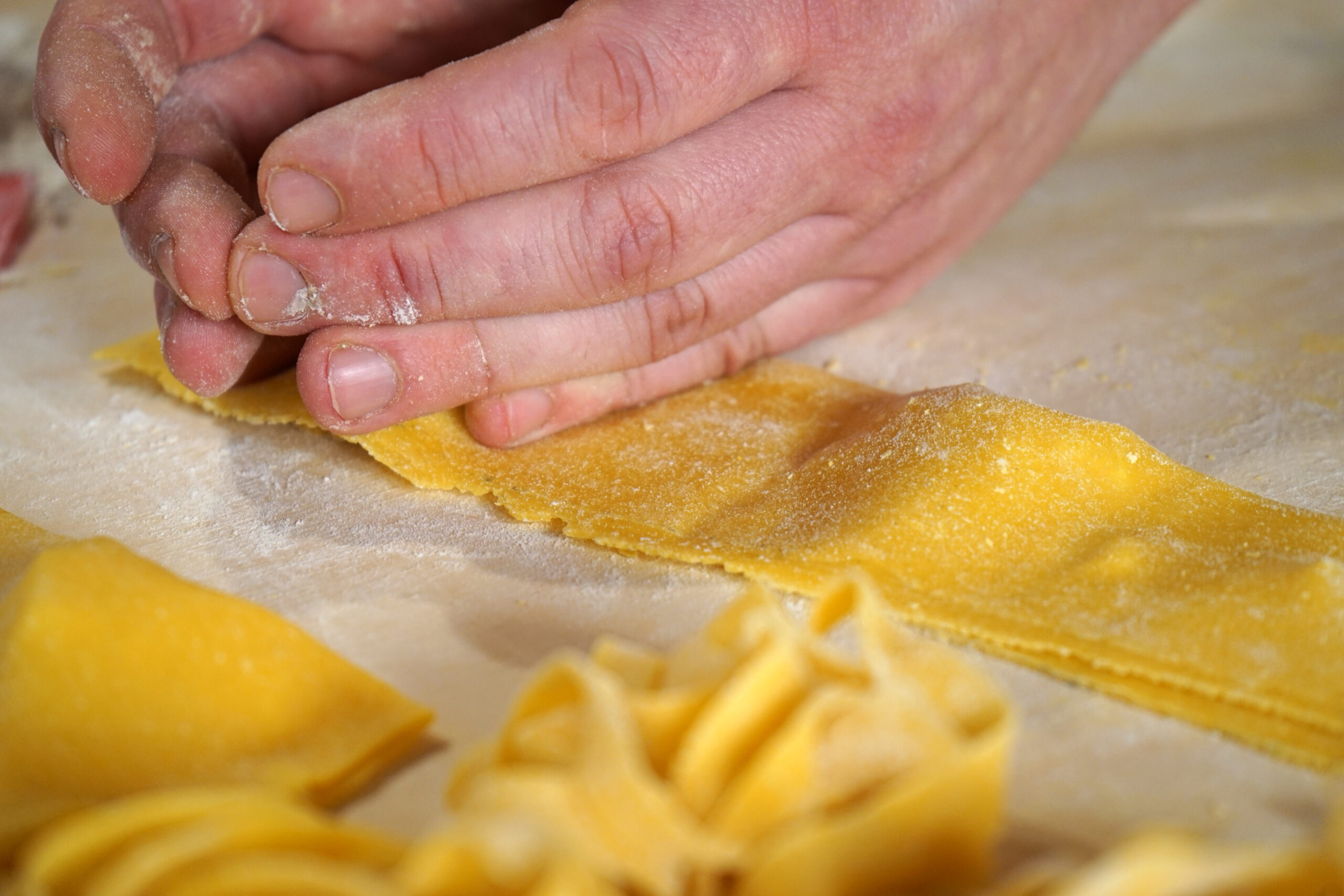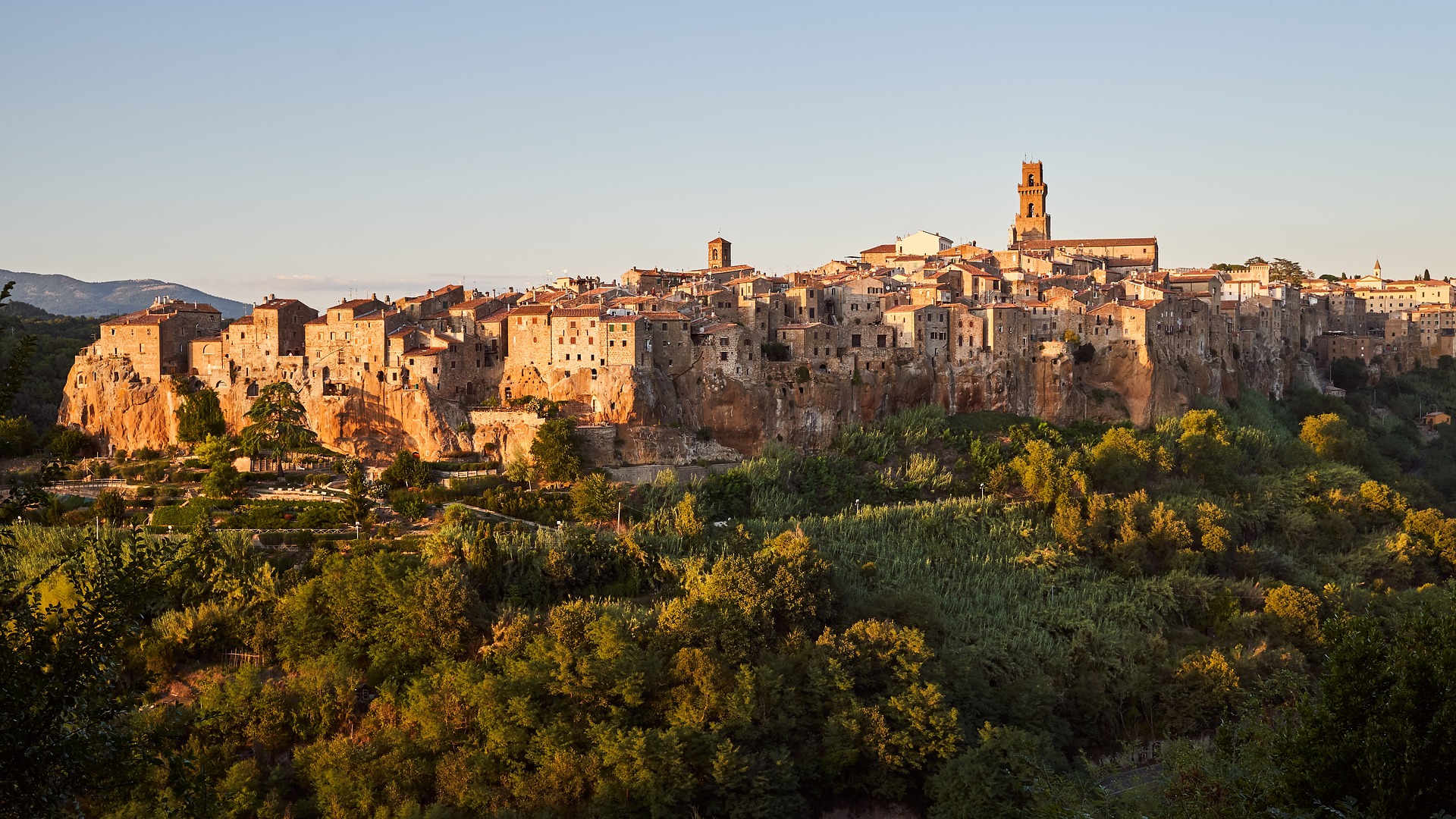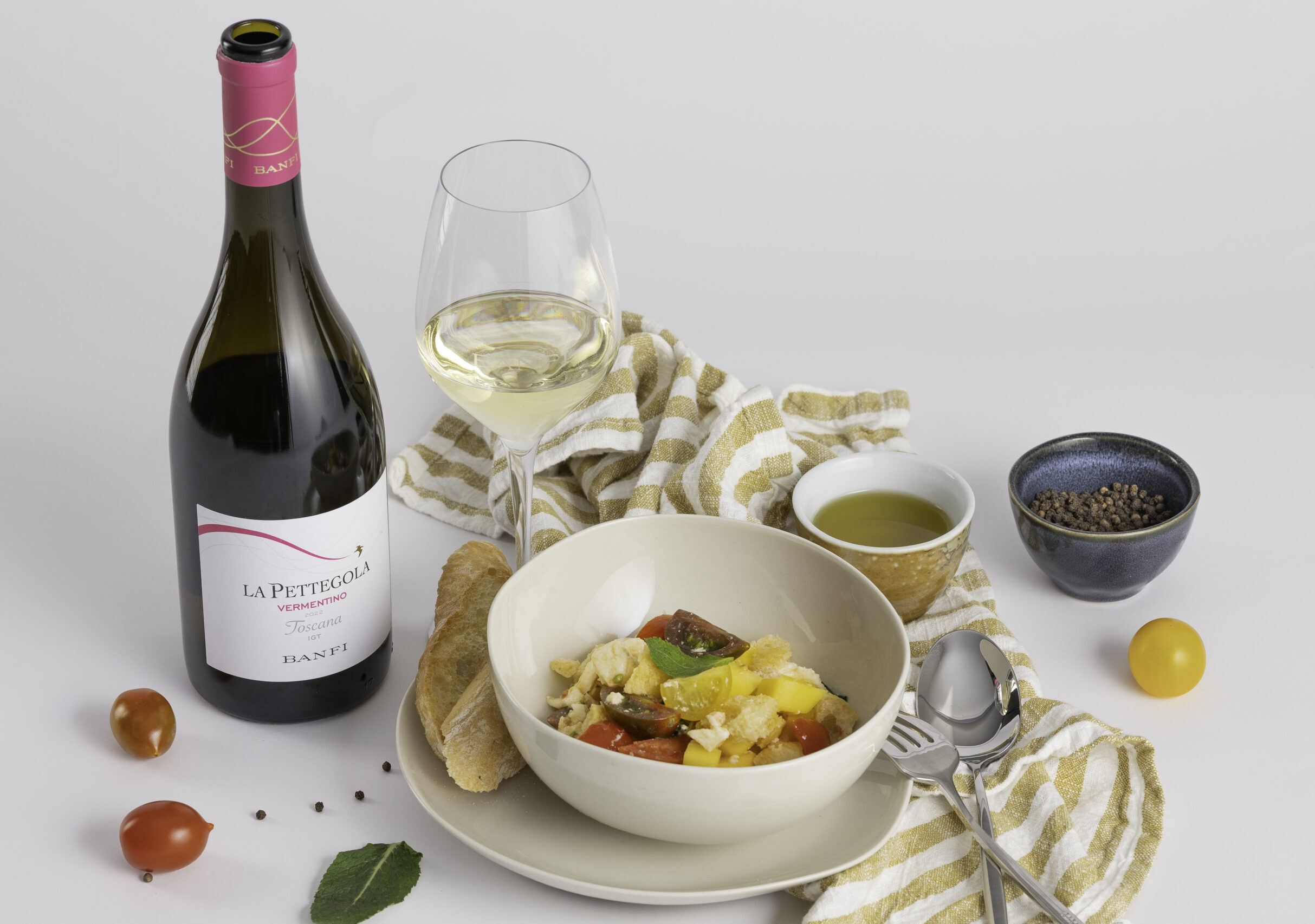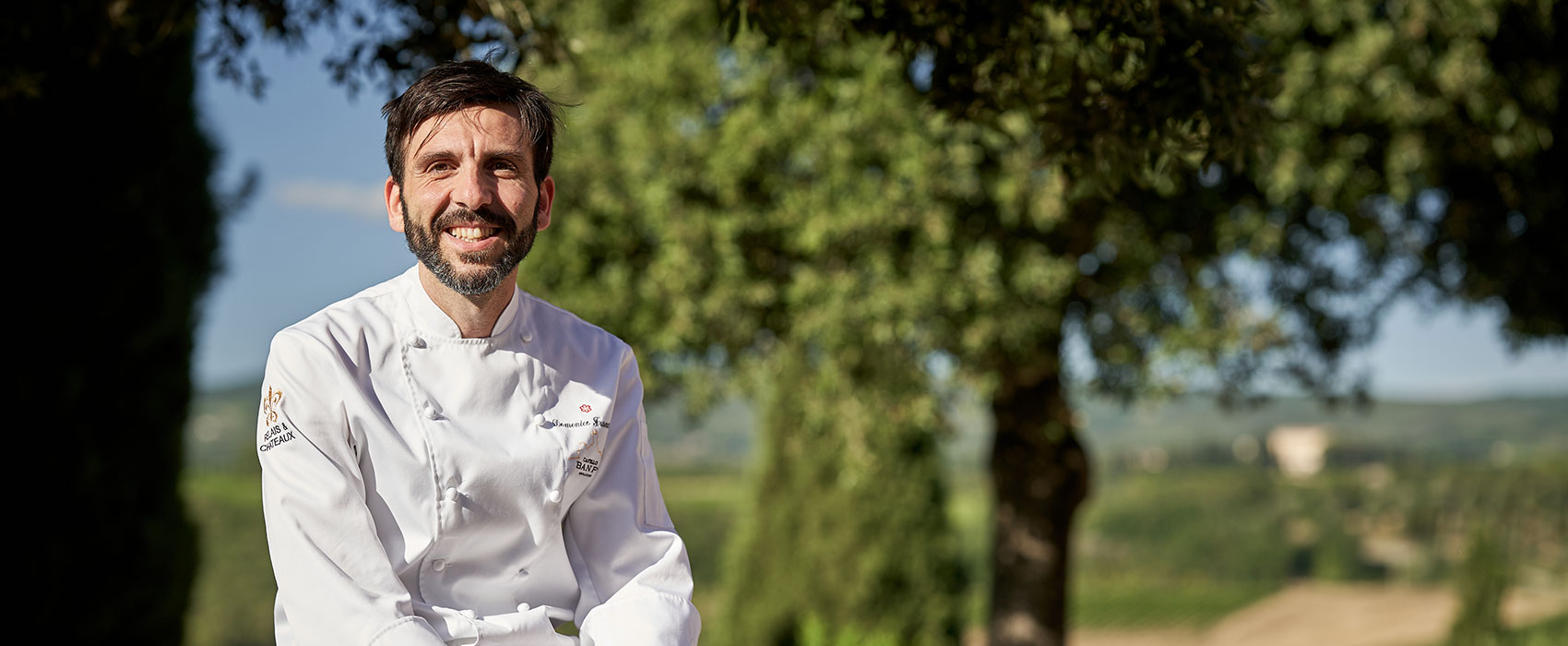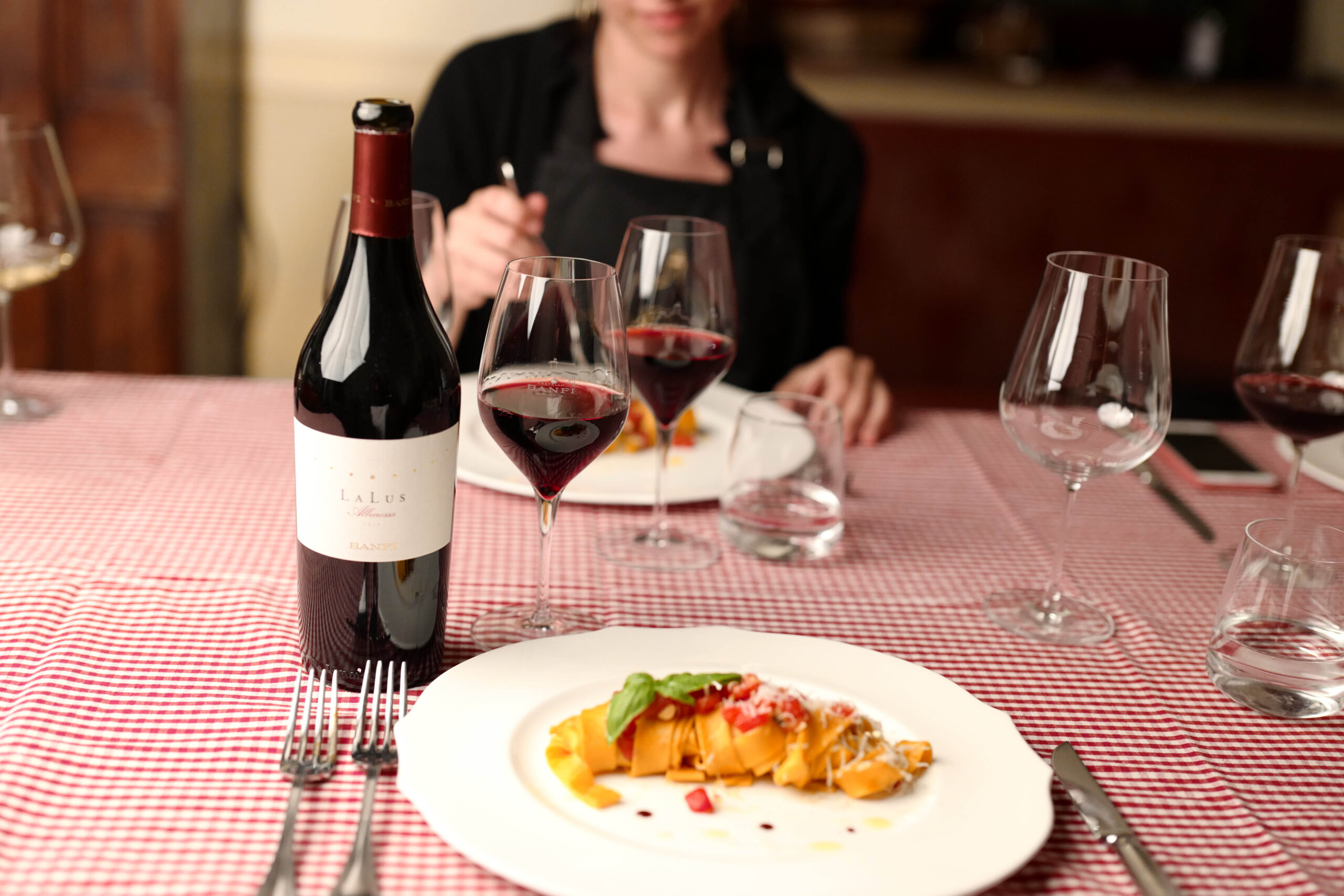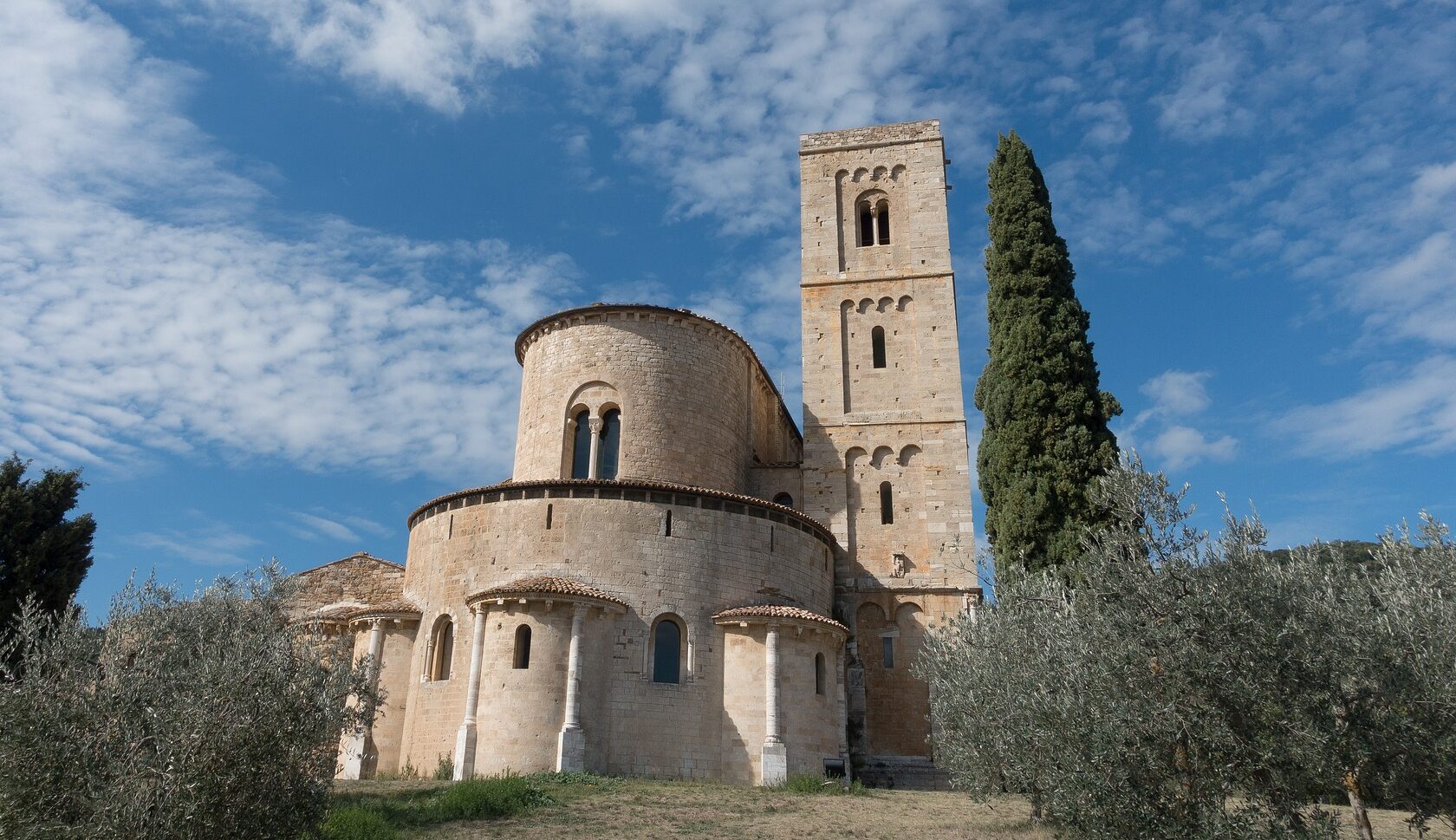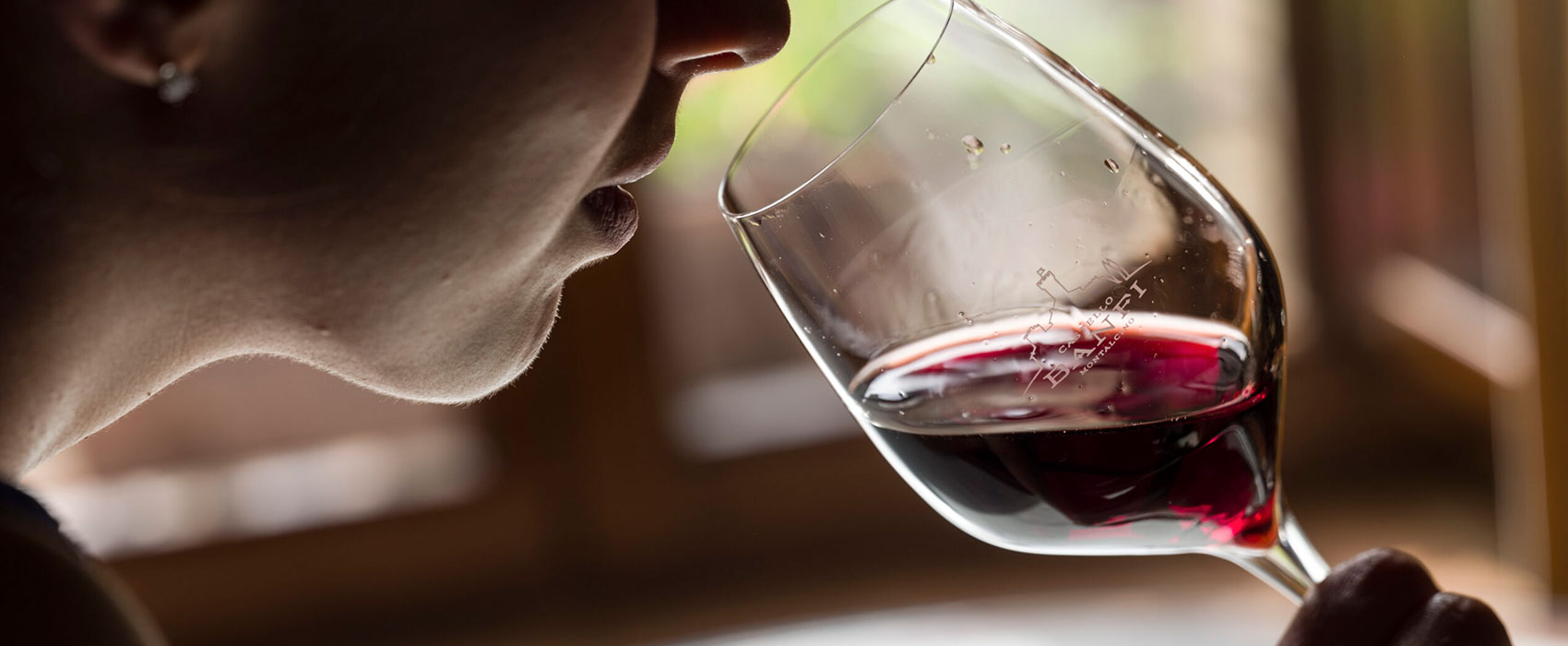You want to plan a long weekend in the most authentic Tuscany among culture, villages and nature? Check out our tips for a breathtaking 3-days tour of Tuscany.
Complete and unforgettable 3-days tour of Tuscany
Tuscany is a land rich in beauty and charm, and a lifetime would not be enough to explore each of its villages, to discover all the scenic vistas and to fall in love with its traditions. The vestiges of its ancient past, the depth of its culture and the great variety of its landscape offer those who wonder where to go a few days in Tuscany the opportunity to create a multitude of thematic itineraries: the one dedicated to relax, in resorts immersed in unspoiled nature; the one dedicated to the world of wine, with tastings and visits to wineries; the historical-artistic one, among fairy-tale villages and museums; or the maritime one by train along the beautiful Etruscan Coast. That's why when wondering where to spend 3 days of vacation in Tuscany, it can be difficult to identify the right destinations right away. To help you organize a perfect long weekend in this wonderful land, we have prepared some tips.
Where to spend the weekend in Tuscany relaxing
The first step in deciding where to spend 3 days of your holiday in Tuscany is choose a location to stay overnight that allows you to reach your destinations easily, but is also cosy and hospitable, an oasis of peace to which you can return with pleasure after a day of exploration and adventure. The Castello Banfi Wine Resort is the ideal place to spend a relaxing and adventurous weekend in Tuscany: the equipped with every comfort for a holiday that will allow you to switch off for a few days and recharge your batteries with a relaxing massage or a stroll through the lush vineyards. Also, if you are wondering where to go around the Castello Banfi Wine Resort, there are plenty of activities to keep you pleasantly occupied, such as the lovers of trekking, cycling, and horseback riding in Val d'Orcia, the walks at horse or in mountain bike.
Three days in Tuscany: the wine itinerary
The most popular 3-day driving tour of Tuscany in any season has as its destination the city of wine, Montalcino, home of the famous Rosso and the 'highly appreciated Brunello with its fascinating olfactory complexity. Here, surrounded by a lush landscape of rolling hills and expanses of prized vineyards, you can discover the secrets of the most renowned wine productions by visiting local wineries and participating in tasting experiences. Don't forget to include in this 3-day driving tour of Tuscany a visit to museums related to the history and production of wine, such as the Wine Museum in Greve and the Bottle and Glass Museum in Poggio alle Mura, located in an authentic medieval castle.
Borgi itinerary in Tuscany
Planning an itinerary of the villages of Tuscany is not easy, as there are so many of them and they are all different. If you only have a weekend available and want to know what to visit in Tuscany in 2 days to be able to capture the true essence of this region dotted with fairy-tale villages and small towns perched on hillsides, we recommend visiting the Val d'Orcia. This UNESCO World Heritage area is home to a myriad of small villages where you can breathe in an atmosphere of yesteryear. Pienza, the Abbey of Sant'Antimo, the ancient tower of Sant'Angelo in Colle, Camigliano, Sasso d'Ombrone, and the walls of Castiglione d'Orcia are just some of the beauties of these villages to visit while staying at Castello Banfi Wine Resort.
Tuscany 3-days tour by train
Although many of the towns and villages mentioned above can only be reached by car, the beauty of Tuscany is not necessarily precluded to those who prefer to travel by public transportation. Here, then, are some 3-days tours of Tuscany by train.
Etruschi Line
Etruschi Line is one of the most interesting initiatives for those who want to organize a 3-days tour of Tuscany by train. Promoted by Trenitalia and the Comitato Promotore Costa Etrusca, the initiative allows you to reach the beautiful beaches, villages and archaeological sites of the Etruscan Coast by regional train, as well as offering discounts and promotions at beach and hotel facilities.
Marina di Cecina, Follonica, Grosseto and San Vincenzo are just some of the stops you can visit comfortably by train, for a 3-days full immersion in one of the most archaeologically and scenically fascinating coastlines.
The Siena-Chiusi line Chianciano Terme
The Siena-Chiusi Chianciano Terme line also offers an excellent opportunity for a 3-day tour of Tuscany by train. The first day can be entirely devoted to visiting the 'charming city of Siena, while the second day, following the stops at the train stations, you can visit the charming villages that dot this area of Tuscany, such as Asciano and Rapolano Terme, delving deeper and deeper into the wine lands, until you reach Montepulciano, where you can stay overnight. On the third day, after a visit to the area's wineries, you will take the train back to Chianciano Terme, where you can relax with a wellness path among the thermal waters.

